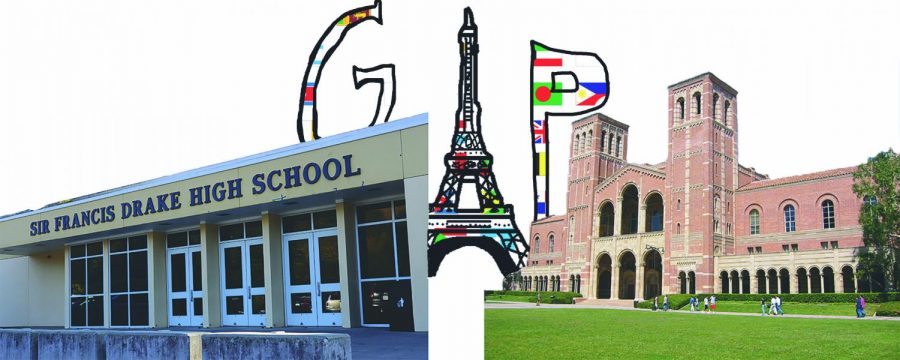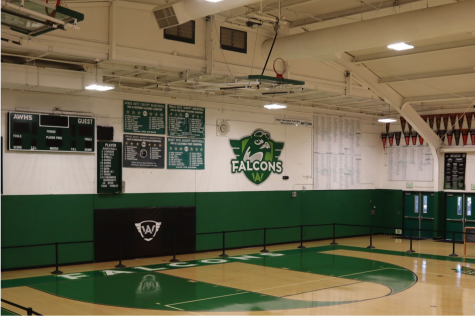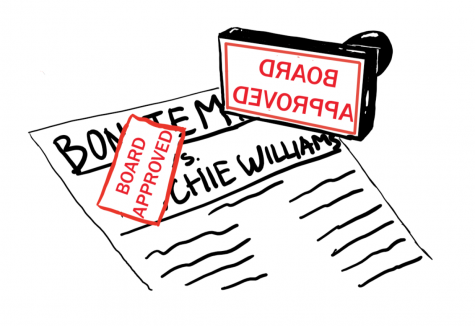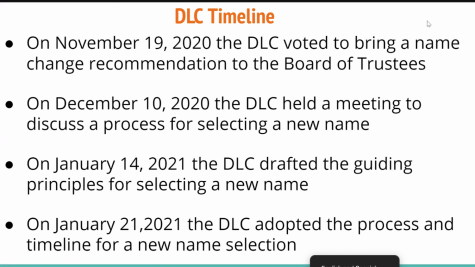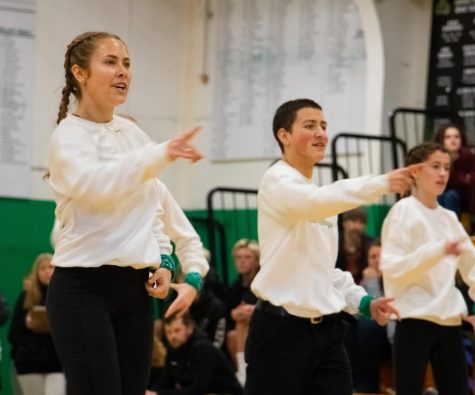Gap year presents solution to difficult transitions
Original art by Samantha Parr representative of bridging the gap between high school and beyond.
When the majority of high school students think of college, they think of a chance to have a fresh start and to grow independent. However, high school graduates are not always prepared for this new chapter of their life.
According to The 74, a website focused on educational issues, only about half of graduating seniors in the United States are prepared for college. However, 70 percent of Americans go to college after high school. This means nearly one in three college freshmen are unprepared to handle the challenges of college life. Although college typically means students have more independence, it also means more responsibilities that can be overwhelming, many of which many 17 and 18-year-olds aren’t quite ready to handle.
This might lead students to drop out due to feelings of being unprepared for the college environment. As stated in The Balance, 30 percent of students drop out during or after the first year of college. However, there is a way to lower dropout rates and make college a place for people to learn and grow- when they’re ready for it.
Taking a gap year has become more and more popular and accepted in the US and is already picking up speed internationally. In Norway, Denmark, and Turkey, for instance, more than 50 percent of students take a year off before college, according to the Nordic Institute for Studies in Innovation, Research and Education in Oslo, Norway (USA Today).
Gap year programs allow students to travel, take classes or work without any academic stress. Students can study art, volunteer, travel, take internships, play sports, or get involved in cultural exchanges. In some cases, gap years also teaches young people how to live independently. Learning how to live independently without the demands and pressure of college academics can be a more appropriate way to navigate this transition period. There are well-organized gap year programs that allow students to have a more structured year. This allows for them to have the opportunity to travel while learning about who they want to be at the same time.
Going straight into college can be difficult for many reasons. One is that it doesn’t allow time for students to explore themselves, potential career paths, or even if college is right for them. It can be difficult to do all of that at the same time as schoolwork. Going directly to college also can also prevent students from discovering who they are outside of the classroom.
Some students may think they know who they want to be, but until they are out in the real world, they can’t really know. According to Value Colleges, many students find themselves not knowing what they want to do, which often ends up forcing them to spend more time at college figuring that out. Taking time before college can make their time, once they begin, more efficient and cost-effective.
Taking a gap year boosts motivation, teach important life skills, sharpen resumes, and open doors to future opportunities for many students. They allow students to enter college with a fresh mindset after they’ve experienced life without the constraints of a school setting. According to the Gap Year Association, the added year before college gives nearly all students increased feelings of maturity and self-confidence, which are critical to success.
If we want college to be a place where we can focus on learning, explore and follow our passions, then taking a gap year is a great option for many students.

Samantha is a senior in her third year in journalism. She loves little old bookstores, the smell of almond extract, and rewatching Stranger Things. When...


